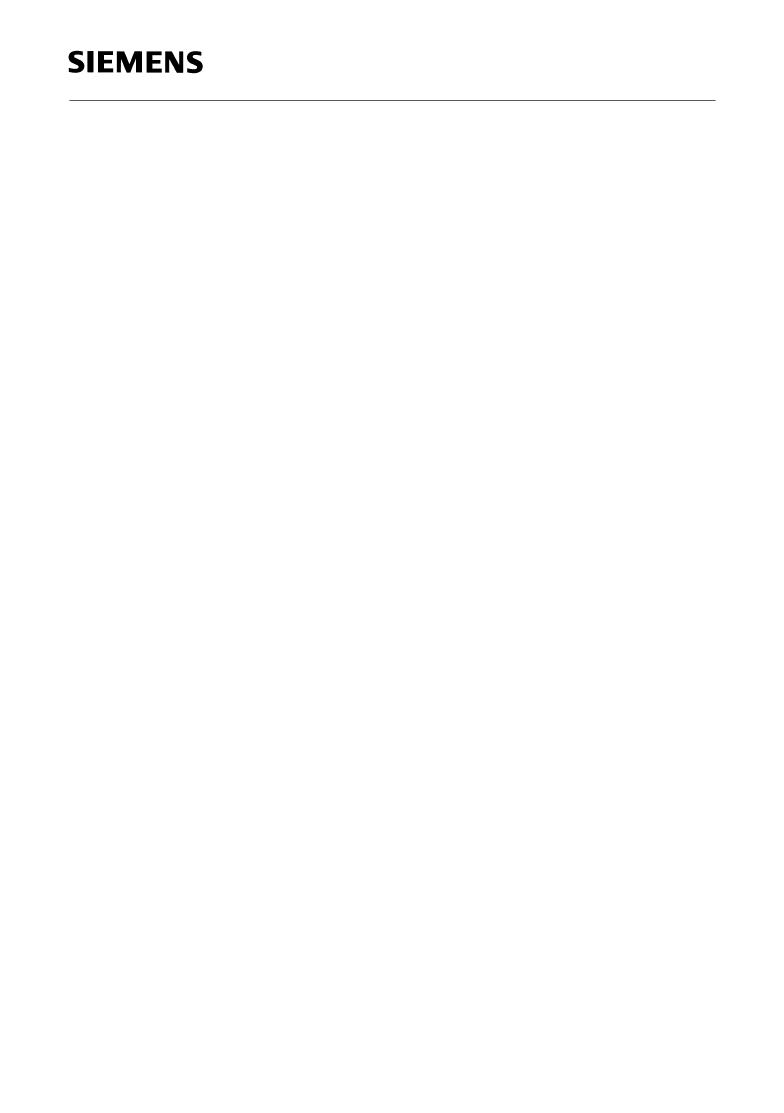- 您現(xiàn)在的位置:買賣IC網(wǎng) > PDF目錄361226 > Q6701-H6481 (SIEMENS AG) Quadruple Transceiver for S/T Interface QUAT-S PDF資料下載
參數(shù)資料
| 型號(hào): | Q6701-H6481 |
| 廠商: | SIEMENS AG |
| 英文描述: | Quadruple Transceiver for S/T Interface QUAT-S |
| 中文描述: | 四聯(lián)收發(fā)器的S / T接口葛- ? |
| 文件頁(yè)數(shù): | 20/72頁(yè) |
| 文件大小: | 1267K |
| 代理商: | Q6701-H6481 |
第1頁(yè)第2頁(yè)第3頁(yè)第4頁(yè)第5頁(yè)第6頁(yè)第7頁(yè)第8頁(yè)第9頁(yè)第10頁(yè)第11頁(yè)第12頁(yè)第13頁(yè)第14頁(yè)第15頁(yè)第16頁(yè)第17頁(yè)第18頁(yè)第19頁(yè)當(dāng)前第20頁(yè)第21頁(yè)第22頁(yè)第23頁(yè)第24頁(yè)第25頁(yè)第26頁(yè)第27頁(yè)第28頁(yè)第29頁(yè)第30頁(yè)第31頁(yè)第32頁(yè)第33頁(yè)第34頁(yè)第35頁(yè)第36頁(yè)第37頁(yè)第38頁(yè)第39頁(yè)第40頁(yè)第41頁(yè)第42頁(yè)第43頁(yè)第44頁(yè)第45頁(yè)第46頁(yè)第47頁(yè)第48頁(yè)第49頁(yè)第50頁(yè)第51頁(yè)第52頁(yè)第53頁(yè)第54頁(yè)第55頁(yè)第56頁(yè)第57頁(yè)第58頁(yè)第59頁(yè)第60頁(yè)第61頁(yè)第62頁(yè)第63頁(yè)第64頁(yè)第65頁(yè)第66頁(yè)第67頁(yè)第68頁(yè)第69頁(yè)第70頁(yè)第71頁(yè)第72頁(yè)

PEB 2084
Semiconductor Group
20
The monitor channel operates on an asynchronous basis. While data transfer on the bus
takes place synchronized to the frame, the data flow is controlled by a handshake
procedure using the monitor channel receive bit (MR) and the monitor channel transmit
bit (MX). For example: data is placed onto the monitor channel and the MX bit is
activated (active low). This data will be transmitted repeatedly once per 8 kHz frame until
the transfer is acknowledged via the MR bit.
The monitor channel is in an idle condition when the MX bit is inactive in two or more
consecutive frames (indication of End Of Message EOM).
The monitor channel is also used to convey S and Q maintenance bits information (S/Q
channel).
The PEB 2084, QUAT-S, handles four monitor channels allocated to its four S/T
interfaces. The implemented monitor protocol is according to the IOM Interface
Specification, Rev. 2. For more details and an example refer to
chapter 3.3.2.
D-Channels
The D-channels are switched transparently between the S/T interfaces and the IOM-2
interface. Depending on the data load on a line card, different PBX architectures can be
implemented for D-channel handling in LT-S applications:
For decentral signalling, up to 32 subscribers can be served with only one special HDLC
controller which is integrated in the PEB 20550, ELIC (SACCO-A).
For intensive data packet handling in LT-S mode (e.g. in PC networks) or in LT-T
applications, additional HDLC controllers such as HSCX, IDEC, ESCC 2 or 8 or
MUNICH 32 may be connected to the IOM-2 interface. If a D-channel collision resolution
according to CCITT I.430 is required, the QUAT-S offers a strobe signal to control the
connected HDLC (LAPD) controller.
For operational description refer to
chapter 3.3.3.
C/I-Channels
A C/I-channel is used for communication between the PEB 2084, QUAT-S, and a
processor via a layer-2 device, to control and monitor layer-1 functions
(activation/deactivation and additional control functions). The layer-2 device monitors
the layer-1 indication continuously and indicates a change if a new code is found to be
valid in two consecutive IOM frames (double last look criterion).
The codes originated by layer-2 devices are called “Commands”, those originated by the
PEB 2084, QUAT-S, are called “Indications”.
The PEB 2084, QUAT-S, handles four C/I-channels; one for each S/T transceiver.
For a list of the C/I codes and their use refer to
chapter 3.6
.
相關(guān)PDF資料 |
PDF描述 |
|---|---|
| Q67020-Y149 | Octal Latch |
| Q67020-Y150 | Octal Latch |
| Q67020-Y151 | CLOCK GENERATOR AND DRIVER FOR SAB8086 FAMILY PROCESSORS |
| Q67020-Y152 | CLOCK GENERATOR AND DRIVER FOR SAB8086 FAMILY PROCESSORS |
| Q67020-Y153 | OCTAL BUS TRANSCEIVER |
相關(guān)代理商/技術(shù)參數(shù) |
參數(shù)描述 |
|---|---|
| Q67020-Y149 | 制造商:INFINEON 制造商全稱:Infineon Technologies AG 功能描述:Octal Latch |
| Q67020-Y150 | 制造商:INFINEON 制造商全稱:Infineon Technologies AG 功能描述:Octal Latch |
| Q67020-Y151 | 制造商:INFINEON 制造商全稱:Infineon Technologies AG 功能描述:CLOCK GENERATOR AND DRIVER FOR SAB8086 FAMILY PROCESSORS |
| Q67020-Y152 | 制造商:INFINEON 制造商全稱:Infineon Technologies AG 功能描述:CLOCK GENERATOR AND DRIVER FOR SAB8086 FAMILY PROCESSORS |
| Q67020-Y153 | 制造商:INFINEON 制造商全稱:Infineon Technologies AG 功能描述:OCTAL BUS TRANSCEIVER |
發(fā)布緊急采購(gòu),3分鐘左右您將得到回復(fù)。